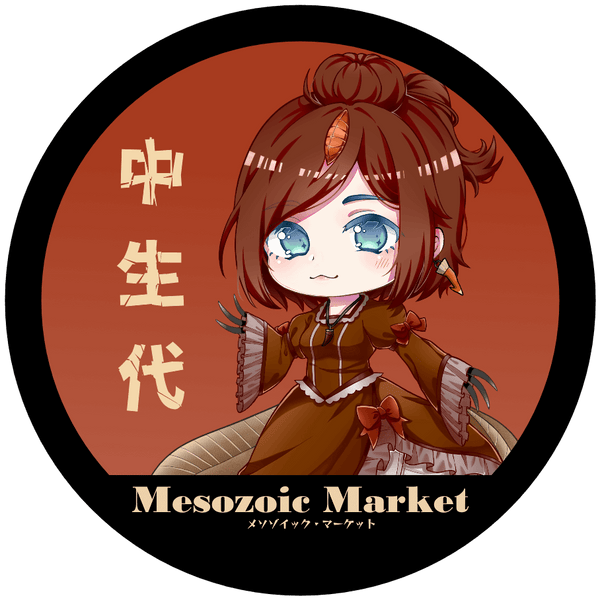Gallery #4
All specimens on gallery pages are not for sale.
English Pliosaurid

- Species: Pliosauridae indet.
- Catalogue ID: TYI-ENG-3916-8288
- Formation: Oxford Clay
- Age: Upper Jurassic (Oxfordian)
- Provenance: Oday Common, Abingdon, Oxfordshire, United Kingdom
- Size: 108.7mm
- Condition: No repair or restorations; stabilized with Polyvinyl butyral (PVB) in acetone
This is a large root (no crown) of a pliosaur from the Jurassic deposits of Abingdon in the United Kingdom. This isn't exactly a "great" specimen by any means, but pliosaur teeth of any quality are apparently quite rare from the deposit in Oday Common. It is difficult to say which pliosaur this came from, but some of the genera found here are Pliosaurus and Liopleurodon. Most pliosaur teeth on the market come from either Russia or Morocco.
Dimetrodon

- Species: Dimetrodon limbatus
- Catalogue ID: TYI-USA-5426-2297
- Formation: Wellington (Ryan) Formation
- Age: Lower Permian
- Provenance: Jefferson County, Oklahoma, United States
- Size: 84.3mm
- Condition: Has repair, but no restoration; lightly coated with Polyvinyl butyral (PVB) in acetone, repaired with unknown adhesive
A jaw of the famous synapsid Dimetrodon. While all of the teeth are broken off, the largest tooth does retain serrations on the carinae. Although Dimetrodon is commonly portrayed as a dinosaur in pop culture, it is in fact more closely related to mammals like humans.
Paraentelodon

- Species: Paraentelodon macrognathus
- Catalogue ID: TYI-CHN-2804-8121
- Formation: Unknown
- Age: Upper Oligocene
- Provenance: Linxia Basin, Gansu, China
- Size: 48.5mm; 37.3mm
- Condition: No repair or restorations; stabilized with Polyvinyl butyral (PVB) in acetone
A pair of possibly associated entelodont molars, likely from Paraentelodon. These were massive entelodonts that rivaled the North American Daeodon in size. While Gansu mammals are not particularly rare, entelodont material is quite unusual compared to the more common fauna. Gansu material is still commonly available, though the quality of material has drastically fallen as years go by since the export ban on Chinese fossils, with many alleged "high grade" specimens subject to poor restoration, repair, or outright fakes. Supposedly, Gansu mammals were quite commonly used in traditional Chinese medicine as "dragon bone" or "dragon teeth".
Ceratodus

- Species: Ceratodus sp.
- Catalogue ID: TYI-USA-5836-5887
- Formation: Brushy Basin Member, Morrison Formation
- Age: Upper Jurassic (Tithonian)
- Provenance: Moffat County, Colorado, United States
- Size: 33.9mm
- Condition: No repair or restorations; stabilized with Polyvinyl butyral (PVB) in acetone
A lungfish tooth plate from the Upper Jurassic deposits in the United States. Ceratodus lungfish teeth are very rare from the Morrison Formation where commercial collection is available. Though they are apparently much more common in other locales.
Arganodus

- Species: Arganodus atlantis
- Catalogue ID: TYI-MAR-7592-6139
- Formation: Argana Group
- Age: Upper Triassic (Carnian)
- Provenance: Argana Basin, Morocco
- Size: 36.4mm
- Condition: No repair or restorations; stabilized with Polyvinyl butyral (PVB) in acetone
A lungfish tooth plate from an unusual locale. Unlike other Moroccan fossils, Upper Triassic specimens from the Argana Basin have only been found from considerably old collection. It is unknown if the area that produce this material is still accessible, and there was some rumor that the site had been lost quite a while back. As far as I am aware of, most material found here are those of phytosaurs.
